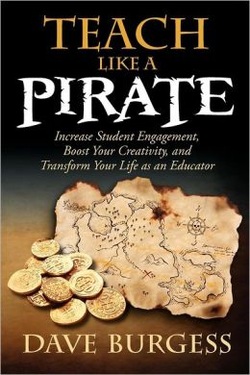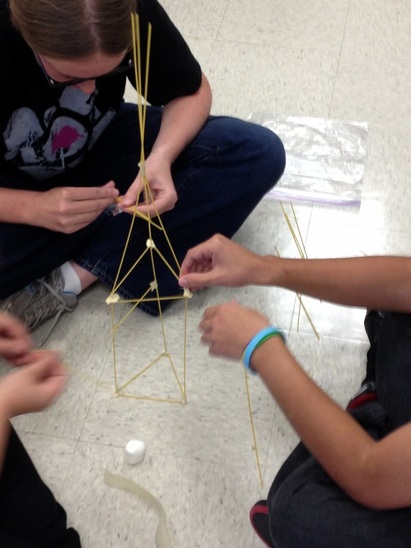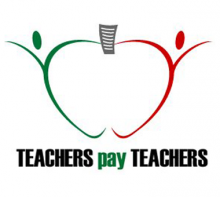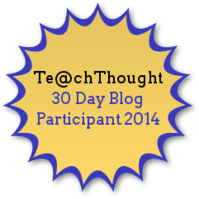I'm currently putting the finishing touches on a presentation I'm giving this week at the New York State Council of the Social Studies Annual Conference this week and I realized that I hadn't posted too much here about my experiences last summer at the Library of Congress Summer Teachers Institute. Bad Dawn!!!
One of the lessons that I did early on the year was my own take on the Library of Congress' Connecting with Primary Sources activity.
One of the lessons that I did early on the year was my own take on the Library of Congress' Connecting with Primary Sources activity.
| connecting-with-primary-sources.pdf |
In my activity, I used maps! It was a great way to introduce a wide variety of topics to my US History students because I chose traditional maps as well as infographic type maps which covered topics from colonial times through present day.
| map_activity_demo.pdf |
The students walked into the room and chose a map that was of interest to them. Then I reviewed the process of studying the maps (see above) as well how to use the Primary Source Analysis tool which was created by the Library of Congress (see below).
| map_psa.pdf |
I had a horrible time limiting myself to just 25 maps and ended up selecting over 35 maps (see below)!
| map_activity.pdf |
| map_activity_2.pdf |
| map_activity_3.pdf |
After completing their Primary Source Analysis (PSA) tools and answering any of the questions the students had, the students moved on to their next task. They then had to locate the students who had maps which fell in to the same category as their map. This was something that I needed to help them out with a bit and eventually I told the students what the categories were and they were then better able to find their matches. See categories below.
| map_activity_categories.pdf |
Lastly, as a group, the students shared their maps and discussed what they found interesting about their maps or the questions that they had. Then the groups created a headline that would summarize the significance of their maps. This was an eyeopening part of the lesson for me since the students had a very difficult time summarizing! It helped me to understand why essay writing is so difficult for them, particularly document based questions.
Overall, I really liked this activity and really like the idea of doing something like this as a way to either pre-assess student knowledge at the start of a unit or to use as a post assessment. It's much more informational for me than a multiple choice assessment.
Overall, I really liked this activity and really like the idea of doing something like this as a way to either pre-assess student knowledge at the start of a unit or to use as a post assessment. It's much more informational for me than a multiple choice assessment.


 RSS Feed
RSS Feed


